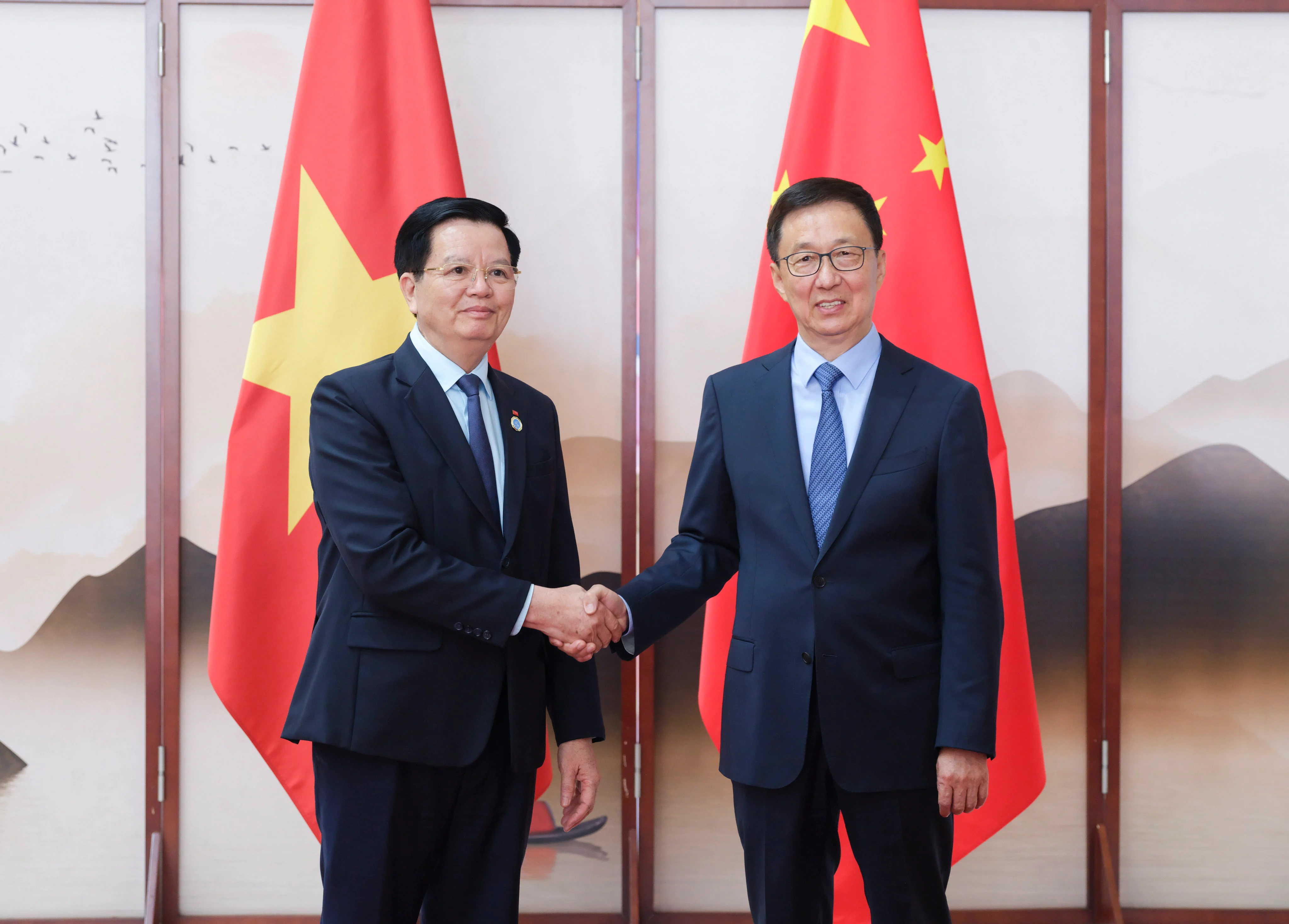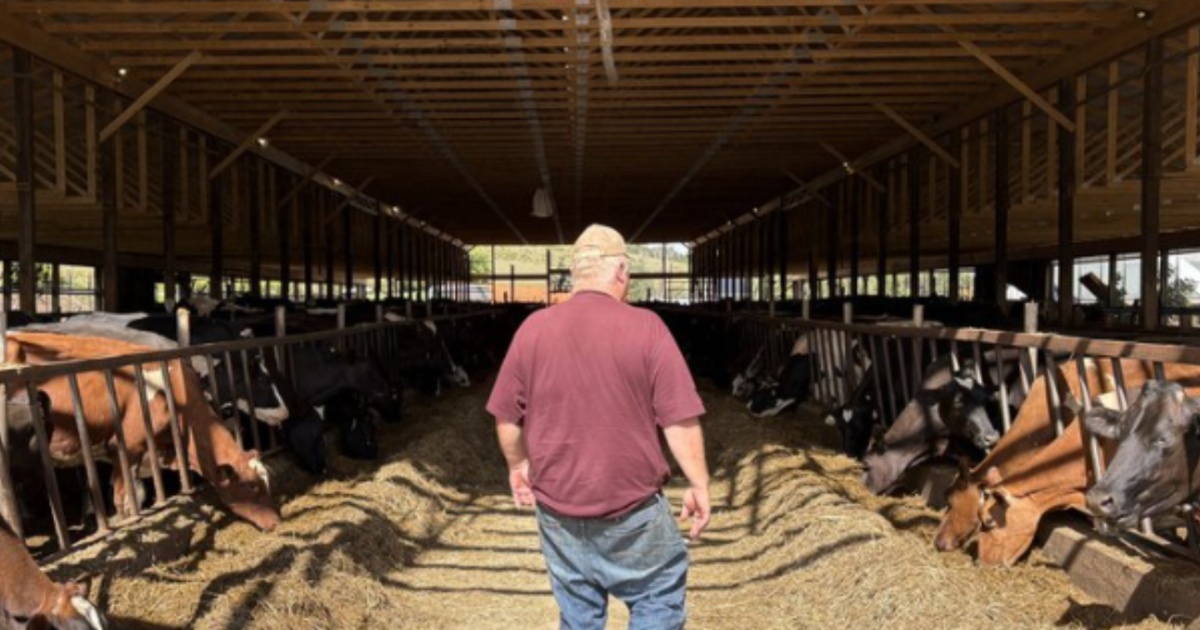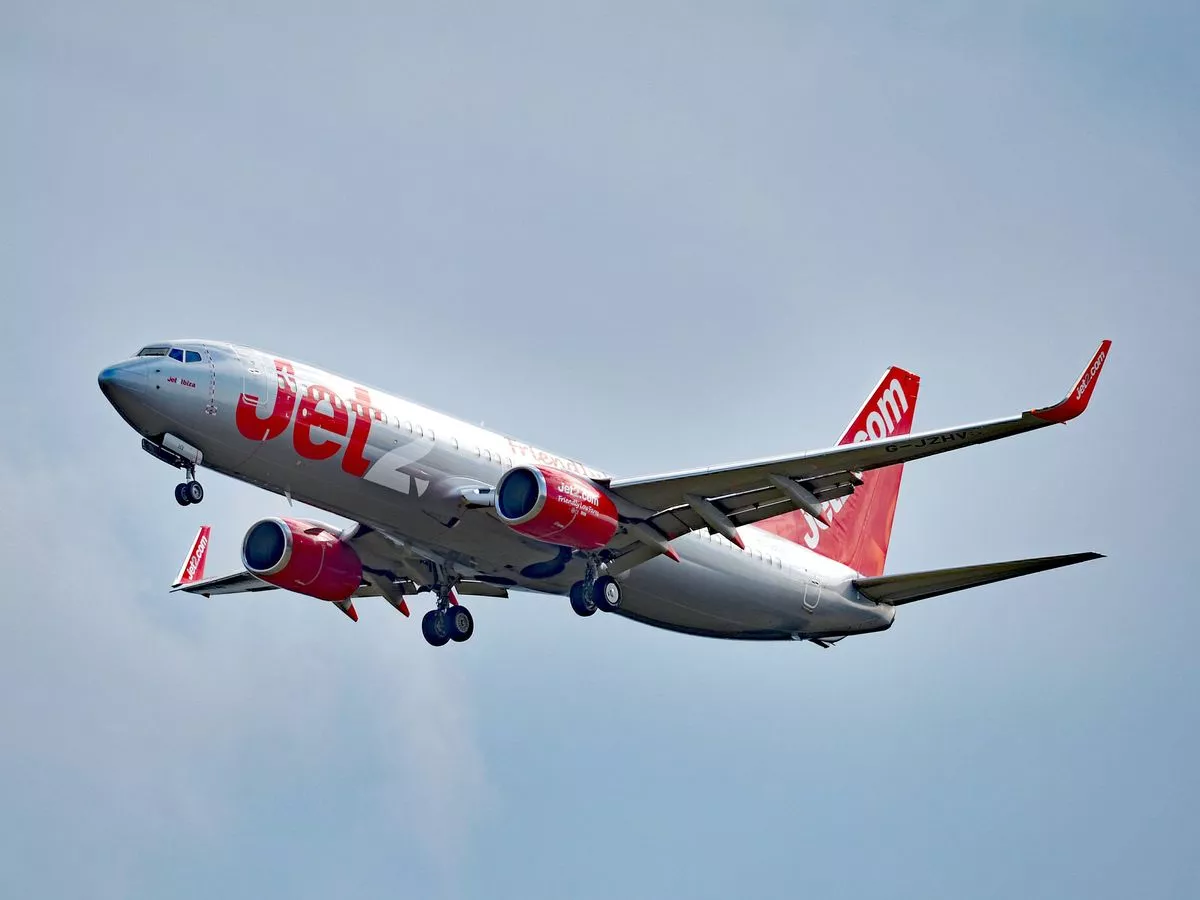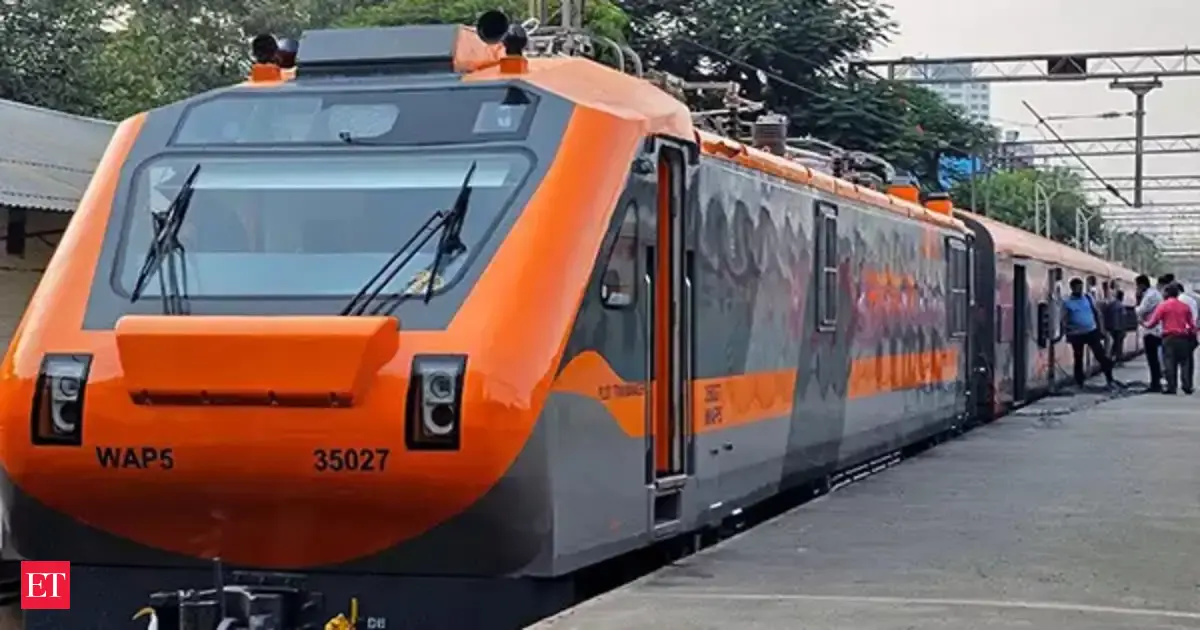By Luna Sun
Copyright scmp

Vice-President Han Zheng urged China and Southeast Asia to deepen their strategic alignment on Wednesday, as Beijing pushes to upgrade its free trade area agreement with the region amid the US trade war.
The world’s second-largest economy aims to “strengthen the alignment of development strategies and tighten the bonds of our shared community” with the 10-member Association of Southeast Asian Nations (Asean), Han said in his opening address at the China-Asean Expo in the southwestern Chinese city of Nanning.
The two sides will also continue to “expand cooperation in emerging industries” and explore potential “collaboration in frontier sectors such as artificial intelligence”, he added at the event, which runs September 17-21.
The remarks come as Beijing strives to present itself as Southeast Asia’s most reliable economic partner at a time when US protectionist policies are putting exporters from both sides under intense pressure.
China and Asean have been each other’s largest trading partners for several years, and the region has become even more vital to China’s trade strategy amid the US tariff war. Chinese exports to the bloc have soared – rising 22.5 per cent year on year in August alone – helping to offset a slump in shipments to the United States.
But Beijing has also grown concerned that Washington aims to drive a wedge between China and Asean, with US officials accusing Southeast Asian nations of acting as transshipment hubs for Chinese goods. In June, China warned other countries not to sign US trade deals at its expense.
China and Asean upgraded their ties to a comprehensive strategic partnership in 2021, signalling deeper cooperation in trade, security and regional governance.
Han said Beijing would use the fifth anniversary of that agreement next year to further deepen alignment and policy coordination, as China pushes to finalise an upgraded version of its free trade area agreement with the region.
The China-Asean Free Trade Area was first launched in 2010, with an expanded “version 2.0” being launched in 2019 with broader tariff cuts and new investment rules. Negotiations began in 2022 on a 3.0 deal that would cover fast-growing sectors such as the digital economy, green development and supply chain security.
Those talks concluded in May, officials said, clearing the way for broader market access for Chinese firms in agriculture, digital trade and pharmaceuticals across Asean’s 10 member economies.
Artificial intelligence took centre stage at this year’s China-Asean Expo, with 1,200 products on display and the debut of a 10,000-square-metre AI pavilion.
The technology was also woven into the opening ceremony itself – from automated coffee machines at the entrance to real-time AI transcription on the big screen during speeches.
Chen Gang, Communist Party secretary of the Guangxi Zhuang autonomous region, underscored the theme by delivering his address using smart glasses made by a local firm, which provided real-time prompts, rather than a paper script.
Chen called the glasses “a latest achievement in actively embracing the AI era and in building a China–Asean innovation hub for artificial intelligence.”
The annual event brings together leaders and business representatives from 45 countries, with about 3,200 companies expected to participate.



